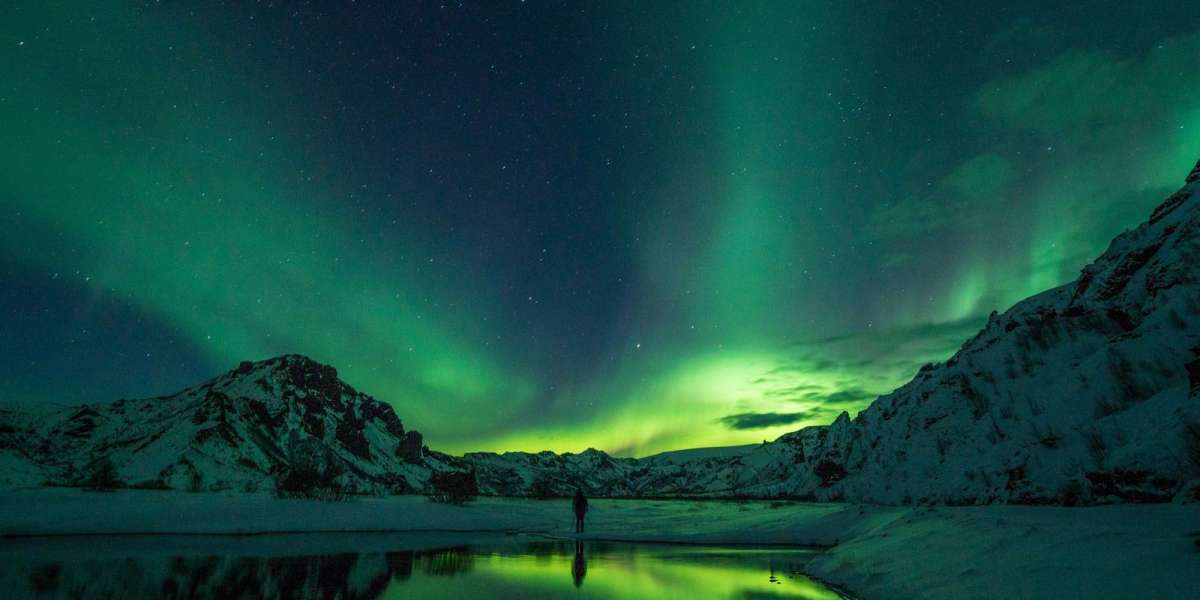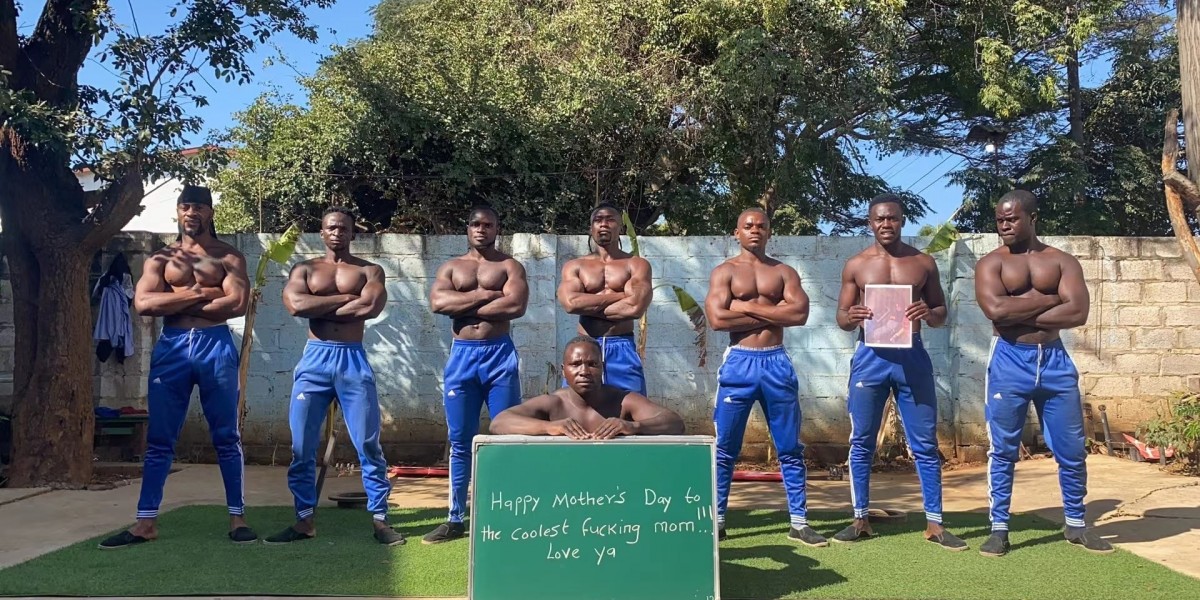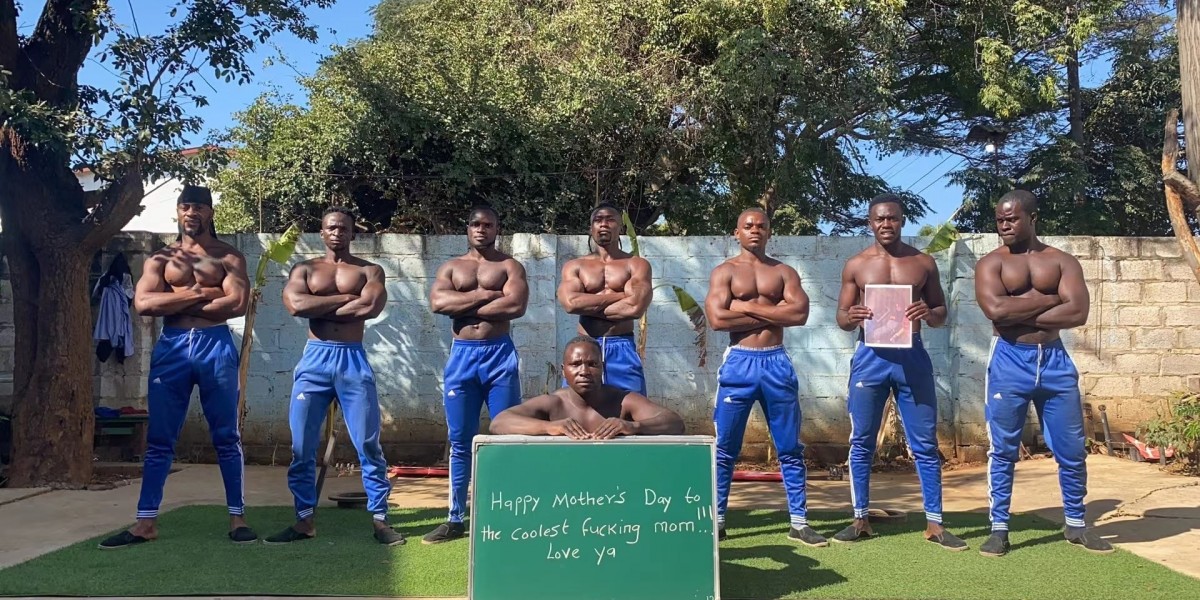article image source: freepik.com (link)
⭐ “When the Sky Speaks: How Civilizations Interpreted the Mystery of the Aurora”
The aurora has captivated humanity for thousands of years. Long before science connected its shimmering colours to storms on the Sun, people read the lights as signs from the heavens—warnings, blessings, prophecies or memories of ancestors. Across cultures and centuries, these glowing curtains have shaped stories of creation, political upheaval, and the supernatural. What we now understand as charged solar particles hitting Earth’s magnetic field once carried far greater meaning: the fate of nations, and sometimes the fall of kingdoms.
advertisement
Lights Over Troubled Lands
In 1716, just after a Jacobite uprising in England was defeated, strange lights appeared in the night sky. Witnesses described visions of “pure flame”, “moving torches”, and even a “shower of blood”. To some, the spectacle resembled angels or giants wielding fiery swords; to others, armies battling across the heavens.
In an age shaped by political tension between the deposed Catholic Stuarts and the ruling Protestant monarchy, interpretation depended on allegiance. One English clergyman noted that while some looked on with fear, others saw in the aurora “the fate of nations, and the fall of kingdoms”. Even then, the sky was a canvas onto which people projected their hopes and fears.
Today we know the aurora is triggered by solar activity, but moments like this show how deeply atmospheric displays once influenced political imagination.
Ancient Eyes on the Sky
For centuries, scholars believed the earliest recorded aurora came from 193 BCE in China, where an emperor described the sky opening in the northeast. But new research continues pushing the timeline farther back.
Ancient Greek texts, including Aristotle’s Meteorologica from around 330 BCE, depict night-time scenes resembling auroral displays—burning flames, moving torches, and ghostly shapes drifting across the darkness.
Clay tablets from Babylonia, dating to 567 BCE and even earlier Assyrian records, describe red clouds and red skies, accompanied by interpretations for royal advisors. These weren’t merely atmospheric observations—they were omens, woven into decisions of state.
But perhaps the oldest reference of all comes from a 3,000-year-old Chinese chronicle, The Bamboo Annals. A 2023 study suggests its description of a “five-coloured” night-time event may point to an extreme auroral storm in the early 10th century BCE.
By comparing ancient writings with knowledge of past solar cycles and Earth’s shifting magnetic field, researchers are uncovering just how long humans have watched the heavens burn.
Fire, Blood and the Spirit World
For communities living near the Arctic Circle—Greenland, northern Scandinavia, Alaska, Canada, Iceland and Siberia—the aurora is a familiar, living presence. Here, its glow has shaped cultural identity for millennia.
Many Indigenous traditions speak of ancestors, spirits, or shamanic forces moving across the sky. Some Sami communities warned children never to tease the lights and advised women to cover their hair to avoid becoming caught in their shimmering strands. In Alaska, elders still recount stories of the aurora playing football with human heads to frighten children indoors at night.
Far to the south, First Nations communities in Australia and surrounding regions often connected the rare southern lights with fire, blood, and death. In some groups, auroral stories were considered taboo, interpreted only by initiated elders who understood their deeper meaning.
The sky was alive—and watching.
Shimmering Dancers and Fox Fires
The name aurora borealis is surprisingly young. Galileo first used it in 1619, combining Aurora, the Roman dawn goddess, with Boreas, the Greek god of the North wind. Its southern counterpart, aurora australis, draws from Auster, the Roman god of the South wind.
But local names reveal richer interpretations.
In Finnish Lapland, the lights were believed to be caused by an arctic fox sweeping its tail through the snow, scattering sparks into the sky—giving rise to the term revontulet, or “fox fires”.
In Shetland, they were the mirrie dancers, a dazzling troupe twirling across the night.
The Sami word guovsahasat means “the lights you can hear”, a reminder that many northern peoples describe subtle crackling or swishing sounds accompanying the aurora—a phenomenon scientists are only beginning to understand.
Meanwhile, elsewhere in the world, auroral appearances often carried political meaning. During the American War of Independence, Welsh poet Hugh Jones read the lights as a divine message urging Britain to preserve Protestant faith and seek peace. And during later Jacobite risings in Britain, some again interpreted auroras as holy symbols at moments of national uncertainty.
From Myth to Science
As extraordinary as ancient interpretations may seem today, they hold immense value. They preserve worldviews, track the evolution of scientific thinking, and reflect humanity’s enduring need to explain the unknown.
For centuries, auroral sounds were dismissed as illusions. But researchers now suspect they may result from electrical discharge near the ground, validating the knowledge of people who have lived under these skies for generations.
Historical observations are also helping scientists better understand long-term solar cycles—crucial for predicting geomagnetic storms that can disrupt communication networks, satellites, and power systems today.
Yet even now, myths continue to evolve. One modern tale claims Japanese tourists visit the Arctic to conceive children under the northern lights, said to bring good fortune. Though possibly fabricated by tourism promoters, the story has gained surprising traction—proof that auroral legends continue to grow.
And as Indigenous languages disappear and traditions fade, countless stories may already be lost—hidden in memories that no longer have speakers.
Conclusion: A Universal Sky
Humanity has always looked upward for meaning—seeking guidance, prophecy, or comfort in the stars. The aurora, with its shifting colours and silent grandeur, has inspired fear, reverence, and awe in equal measure. It has been a divine warning, a cosmic dance, a spiritual messenger, and finally, a scientifically understood phenomenon.
Yet even now, when satellites map solar storms and scientists measure magnetic fields, the aurora retains its ancient magic. Standing under its luminous arcs, we are no different from those who carved omens into clay tablets or whispered warnings to children in the snow. We are witnesses to a universal spectacle—one that ties modern humanity to its deep past and reminds us that the sky has always been telling stories.
Perhaps the greatest truth is this:
even after millennia of interpretation, the aurora still invites us to wonder.
Sources
BBC Future – “History's epic theories of what causes aurora”
https://www.bbc.com/future/article/20251114-historys-epic-theories-of-what-causes-aurora
Thank you !








